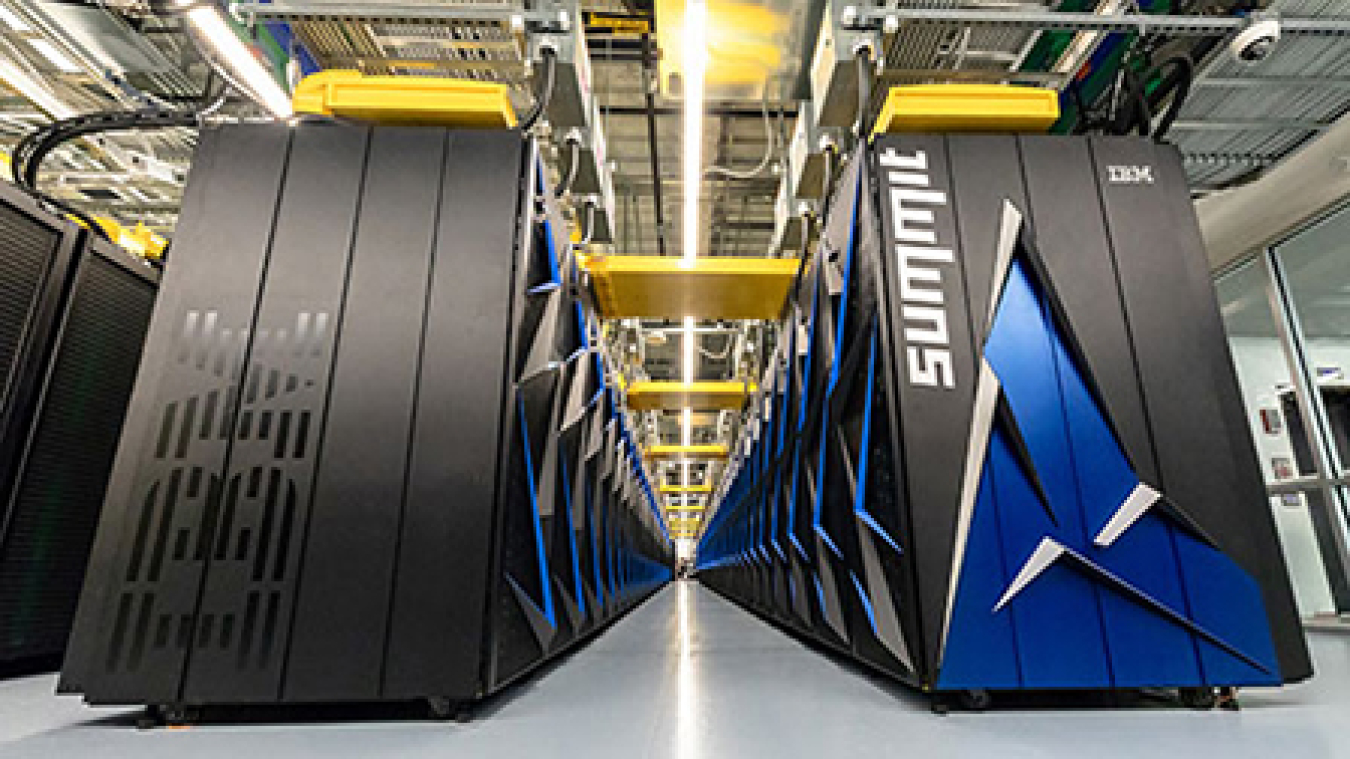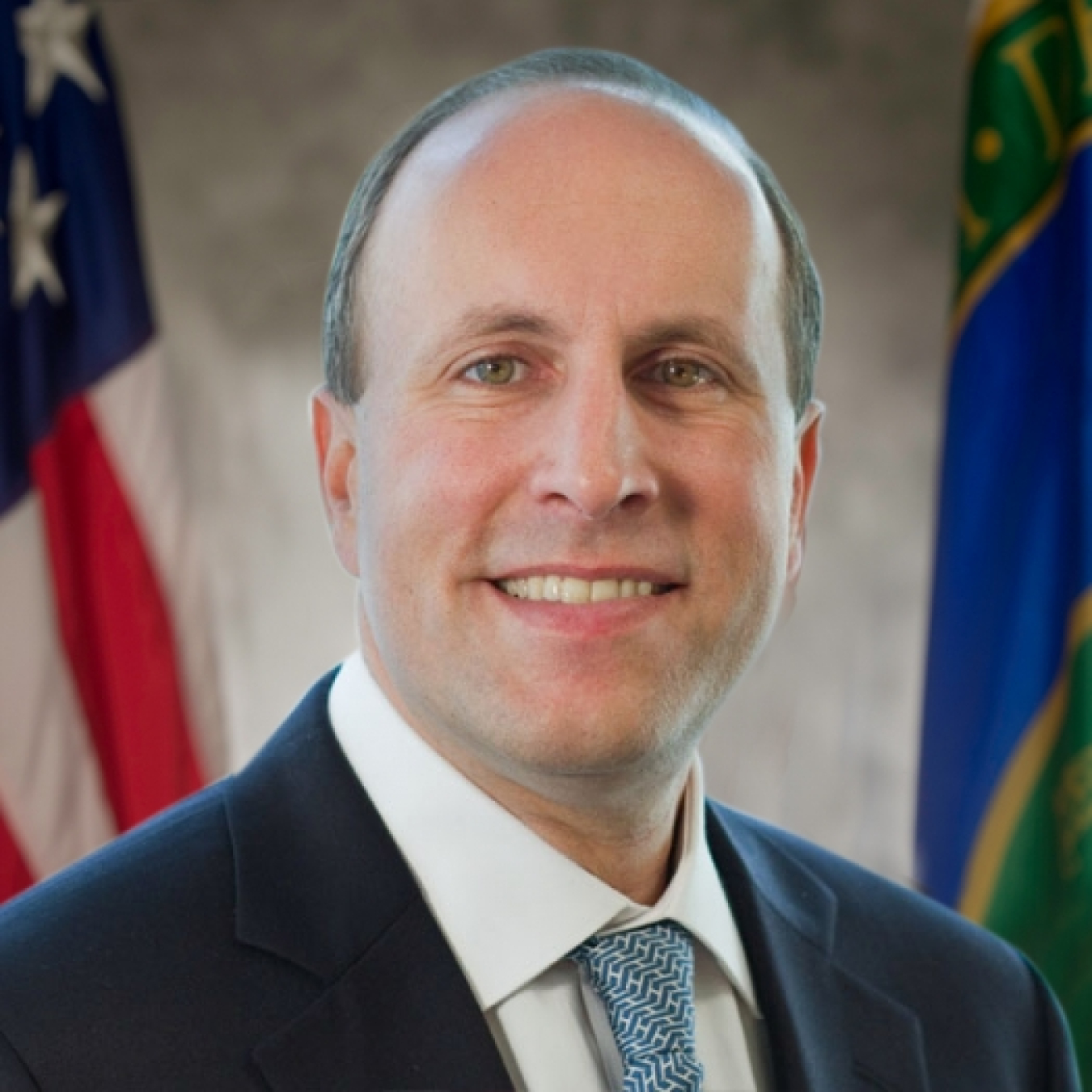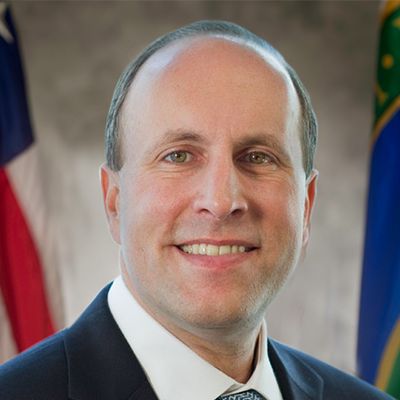The National Lab complex and other government agencies have partnered with universities and the private sector to help solve today’s challenge.
June 23, 2020
By Paul Dabbar, Under Secretary for Science, Department of Energy
June 2020
The crisis of World War II was the genesis of the Manhattan Project and the formation of the U.S. National Lab complex of the U.S. Department of Energy. Today, faced with another global crisis, the 60,000 person National Lab complex and other government agencies have partnered with universities and the private sector to help solve today’s challenge.
As a part of our whole of America approach to combatting COVID-19, U.S. computing leaders at federal agencies and the National Lab complex, partnering with leading computing universities and the top technology firms in the world, have formed an unprecedented high performance computing consortium to research the virus. These massive computing capabilities have rapidly collected vast amounts of data, quickly soliciting and executing on open science research.
Spearheaded by the White House Office of Science and Technology Policy and U.S. Chief Technology Officer Michael Kratsios, and co-chaired by myself at DOE and IBM Director of Research Dario Gil, the Consortium has brought industry leaders such as Google, Amazon, Microsoft, HP Enterprise, AMD and NVIDIA together with government agencies like NASA and the National Science Foundation and seven DOE National Labs which house among the top super computers in the world (Argonne, Berkeley, Idaho, Lawrence Livermore, Los Alamos, Oak Ridge and Sandia). Leading universities have also joined, including MIT, Rensselaer Polytechnic Institute, the University of Illinois, the University of Texas at Austin, Carnegie Mellon and many others. These U.S. leadership efforts have also attracted several other countries, including the United Kingdom and Switzerland who have joined the consortium, as well as other countries who are also looking at joining.
It is truly inspiring in particular to see many of the world’s top technology companies, who are normally competitors, come together to help attack this global challenge.
The Consortium brings more forty members providing 483 petaflops of combined power (one petaflop is equal to one thousand million million floating-point operations per second, 1015 operations per second) currently supporting 63 projects. Supercomputers involved include DOE’s Summit at Oak Ridge National Laboratory, which is one of the fastest computers in the world. These resources – whose commercial cost would exceed $1 billion – are being made freely available for COVID-19 research.
Through their projects, scientists are studying three different types of problems: using simulations to understand the protein structure of the virus and how it attacks, utilizing artificial intelligence to identify effective countermeasures against the virus and accelerate the discovery of promising treatments, and working with policymakers to manage the course of the infection and deploy resources strategically.
For instance, scientists at Argonne National Laboratory are using AI and machine learning computational biology techniques coupled with systems biology datasets to build extremely accurate models of the structure of coronavirus proteins, to inform future countermeasures. Argonne is also using computational drug discovery techniques and screens, which search for small molecules that may work against those viral proteins.
Researchers from the University of Arkansas are using sophisticated simulations to determine the 3D structures of the spike proteins of the SARS-CoV-2 virus, which could provide critical information for developing coronavirus therapeutics and vaccines.
The NASA Ames Research Center, working with the Weill Cornell Medical College, is using a combination of large data sets and sophisticated RNA tests to develop biomarkers that indicate how severe an individual’s case of COVID-19 could be, allowing for appropriate action ahead of time, before they require intensive care. Researchers are also using the supercomputer at NASA Ames, coupled with genomic analysis, to identify those patients most at risk for developing severe pulmonary disease associated with COVID-19.
In addition to their work on many Consortium projects, DOE’s National Labs are using their supercomputing power to attack COVID-19 in a variety of other ways.
For instance, computing scientists at Berkeley Lab have developed COVIDScholar, a program that uses natural language processing techniques to scan and search the tens of thousands of research papers being generated about the virus for new connections. Before the Consortium was formed, researchers at Oak Ridge used Summit to screen more than 8,000 drug compounds for 77 for potential future research.
This combination of government, academic, and commercial technology resources and big data analysis is unprecedented. But this innovative approach has very real potential to discover and accelerate COVID-19 solutions to meet the needs of the global crisis.
Paul M. Dabbar

The Honorable Paul M. Dabbar served as the Department’s fourth Under Secretary for Science, He served as the Department’s principal advisor on fundamental energy research, energy technologies, and science, driving this mission through programs including nuclear and high energy particle physics, basic energy, advanced computing, fusion, and biological and environmental research, and direct management over a majority of the Department’s national labs and their world-leading user facilities. In addition, Mr. Dabbar managed the environmental and legacy management missions of the Department, addressing the U.S. legacy of nuclear weapons production and government-sponsored nuclear energy research. In addition, Mr. Dabbar is the lead for technology commercialization activities for the Department and its 17 national labs.
During his time in government service, Mr. Dabbar has traveled to both the North and South Poles. He traveled to the North Pole by submarine to conduct environmental research while in the Navy, and to the South Pole in support of high energy physics astronomy missions by the Department at South Pole Station.
Prior to confirmation as Under Secretary for Science, Mr. Dabbar worked in operations, finance, and strategy roles in the energy sector. As a Managing Director at J.P. Morgan, leading various energy business areas, he has over $400 billion in investment experience across all energy sectors including solar, wind, geothermal, distributed-generation, utility, LNG, pipeline, oil & gas, trading, and energy technologies, and has also led the majority of all nuclear transactions. In addition, he had a senior leadership role for the company’s commodity trading business, including power, oil and gas.
Before joining J.P. Morgan, Mr. Dabbar served as a nuclear submarine officer in Mare Island, California, and Pearl Harbor, Hawaii. He also served on the Department of Energy Environmental Management Advisory Board. He has been a lecturer at the U.S. Naval Academy, and conducted research at the Johns Hopkins University Applied Physics Laboratory. He is also a member of the Council on Foreign Relations.
Mr. Dabbar received a B.S. degree from the U.S. Naval Academy, and a masters degree from Columbia University. Mr. Dabbar and his wife, Andrea, are the parents of two children.


